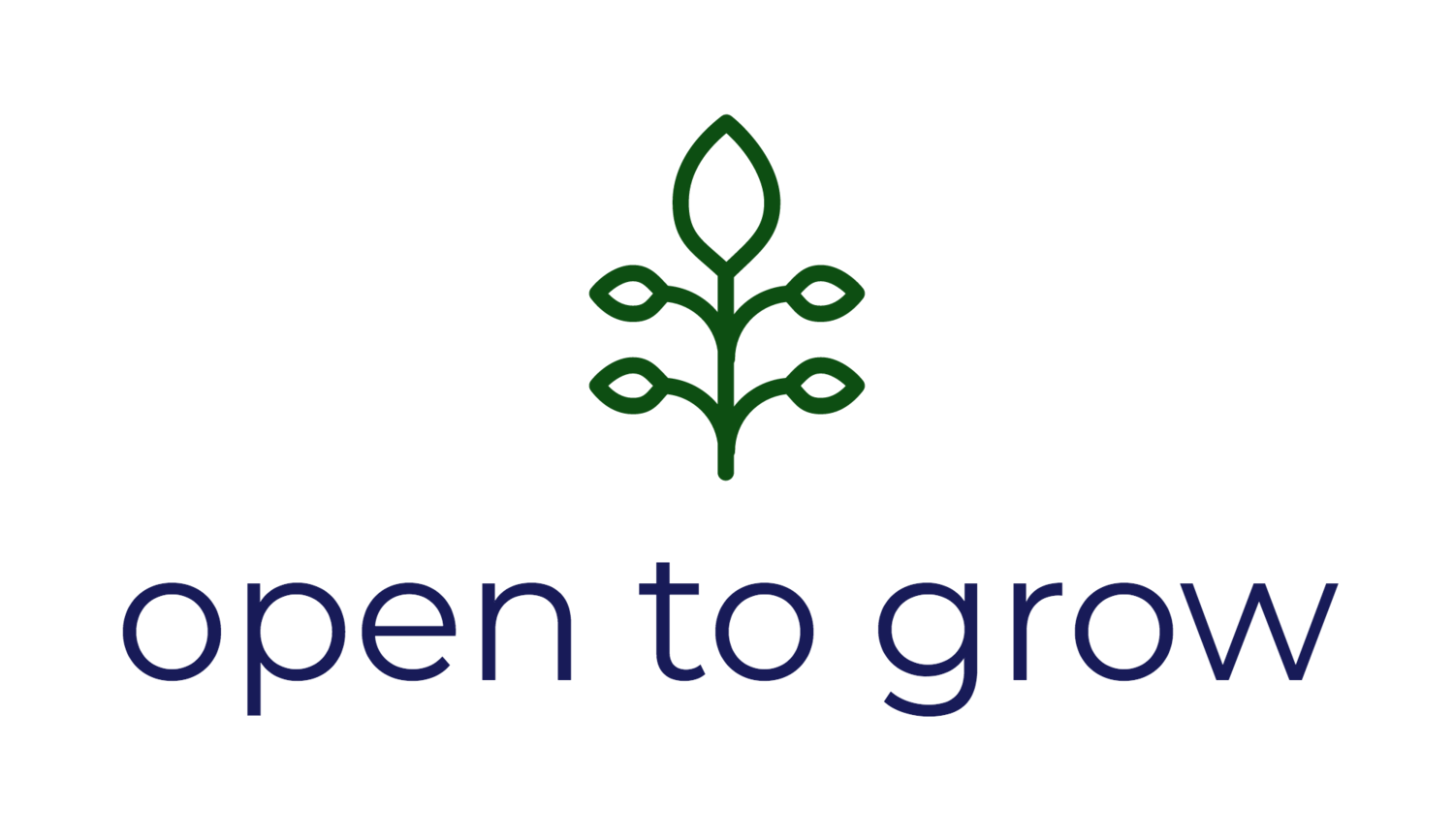Using co-creation to craft a positive new joiner experience
/One of the elements that permeate the ideas of Lead Together is ‘making the implicit explicit’. When considered from the perspective of the organisation, with a little practice, it’s quite safe, and can be achieved with minimum levels of vulnerability. It’s much less so when making explicit our implicit fears - including but not limited to deciding to join a new organization.
We reflect in Lead Together on the many elements of the workplace that take us right back to our school days - being a new joiner is right up there. If you are anything like me, every time you start at a new organization there is that little pang that takes you right back to the first day of school: What will the kids be like? What will my teacher be like? Am I cool enough? Am I too weird? Am I going to have to eat lunch alone?
Regardless of what led up to that first day of work, now you are here. The cliché ‘there is only one chance to make a good impression is a cliché because it’s true.
I recently worked with a division within a 60,000 person US-based services organization. While this is not my typical client, the leader within her division is. As she is working out how to bring Lead Together practices into her part of the organization, she identified onboarding as an area within which her team could make a real difference and have a significant impact on the experience of new joiners. We proposed a 4-week sprint (less than one day elapsed time) to arrive at a minimum viable product.
She invited two recent joiners to join 3 old hands to take the opportunity to do some deliberate development by coming together with these people they’d not worked with before to co-create something that is certainly not within the traditional remit of their roles.
The first few things they did was to sink into what makes a bad onboarding process using the Liberating Structure TRIZ, and then identifying the positive deviance of great onboarding, using Discovery-Action-Dialogue. At the end of the first session, they were able to both identify all of the things the organization was doing to perpetuate a negative experience as well as a clear view of what was consistently working well.
In the next session, they began to design the new process through another Liberating Structure called Purpose-to-Practice, which is super useful at the beginning of a process to ensure you are looking at all of the elements that will contribute to a ‘resilient and enduring initiative’. Some of the ideas around the ‘why’ of the project were quite obvious, e.g. ‘less frustration’, ‘a happier team’, ‘feel valued and part of the team from day one’. Some surprised me, coming from what on paper are not responsible for strategic outcomes, things like: ‘saves the company time and money’ and ‘setting people up for success leads to retention’.
Over the next few weeks, the pop-up team created an onboarding checklist, calendar, buddy system and many artifacts. They then ‘demoed’ their proposal to the head of the division and will be prototyping it with the next new hires. They are hoping that other parts of the organization will be curious enough to copy or create their own version.
This co-created process might not be perfect, and it’s certainly not the finished product, but it gave this team the opportunity to practice leading together even from within a very traditional, hierarchical organization. So whether you are a founder or a team member or a leader in a traditional company, there are many places to start, to act, to experience.
Curating an experience for a new team member to make her first few months evidence of the good decision to join you, where she knows how to contribute and bring her gifts from the very first day, is one of the best and perhaps easiest things you can do to bring the intention of leading together to life.

